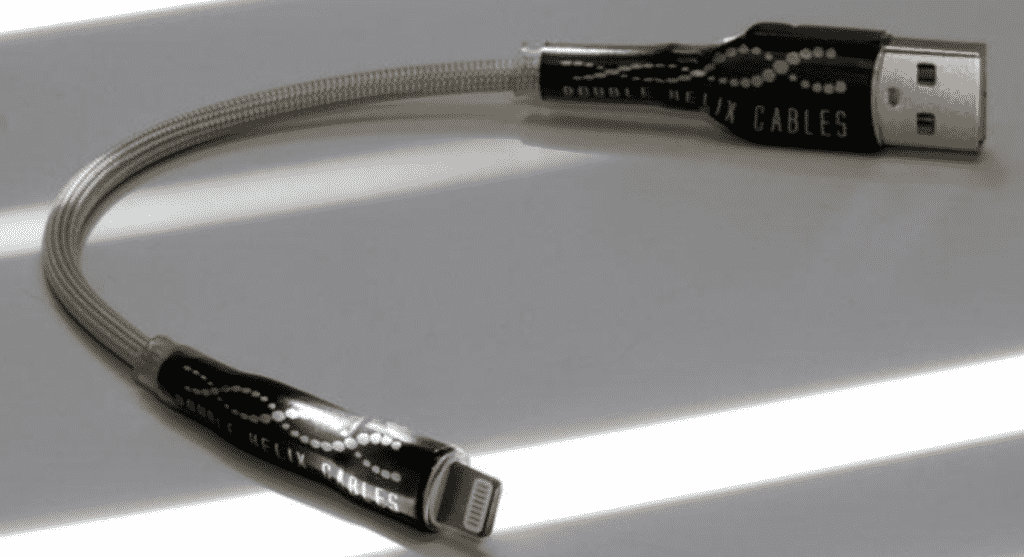Lightning connector, revealed at the press conference, replaces 30-pin connectors found on iPod, iPad, and iPhones. Similar to 30-pin connectors, Lightning connectors are used to charge devices and sync data, content, and video and audio output. Today, new devices come with a USB-to-Lightning connector cable.
As the general rule, a legitimately Apple-authorized Lightning cable doesn’t go for less than $8, apart from an Amazon cable, which relatively goes for less than $10.
If you are buying cables for less than this, even when they are said to be authentic Lightning cables, you may automatically conclude that corners were cut, and you are taking a great risk of failure, which is not entirely your fault.
What Lightning Cables Do
Primarily, they are used to charge devices. The iPad and iPhone come with a charger and Lightning cable used to connect the USB ends of a cable to a power outlet.
You may also use the cable to charge devices by plugging them onto the USB port of a laptop or computer.
However, the quality of charge you get from the desktop PC or laptop varies. For instance, USB ports on older computers might not supply enough power to charge your iPad or iPhone.
Lightning connectors also do more than just transmit power. It may as well receive and send digital details. So you may use them to:
- Upload videos and pictures to your laptop
- Download movies and music
Next Generation
As far as Apple is concerned, only time will tell whether Lightning connectors may continue fulfilling their current role in the industry.
Like the surprise removal of earphone jacks, Apple can decide one day that Lightning connectors are not the best way to charge or transfer data.
With the whole ecosystem of devices built around Lightning connectors, Apple is likely to have it as part of their arsenal for many years to come.
As many devices depend on these connectors, shifting away from them might create stress for users and unnecessary environmental waste.
With that being said, Apple proves that just because the innovation doesn’t happen in one night, it does not mean it won’t ever happen. Similar to how Apple’s team made it possible for Lightning connectors to be compatible backward with the 30-pin design, the transition to wireless doesn’t mean the innovation will be obsolete.
Pairing Ports
If you ever excitedly unbox brand new devices only to get confused about what type of cables they need and what kind of port they come with, you’re definitely not alone.
There are a lot of different device ports in the technological world, making it more difficult to decipher what port works with connectors.
However, the introduction of the Lightning connector became great news for Apple users who knew the frustration of flipping the iPhone plugs to have their devices charged.
Now, for approximately $30, Apple users may connect new iPhones to their 30-pin devices, such as dock connectors and speakers.
Final Remarks!
Apple and its rivals, like Samsung and Huawei, have released products that charge devices wirelessly. While technological development is still in its infancy, it can now compete with traditional charging methods.
